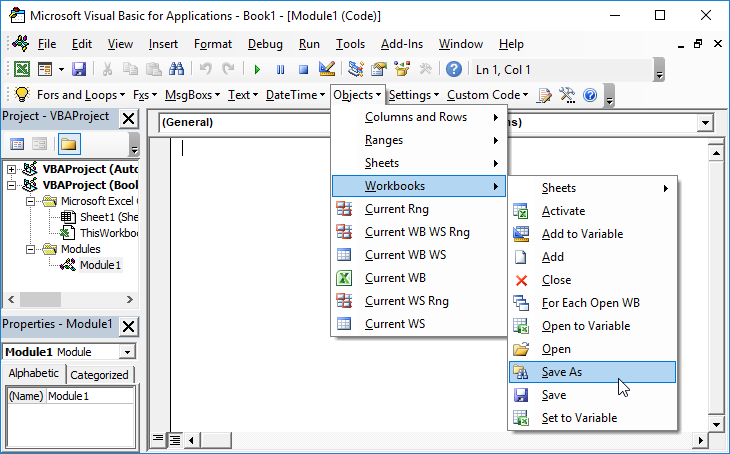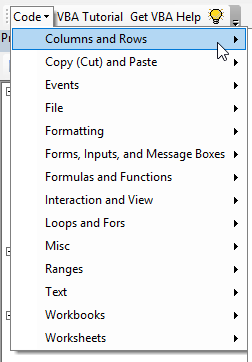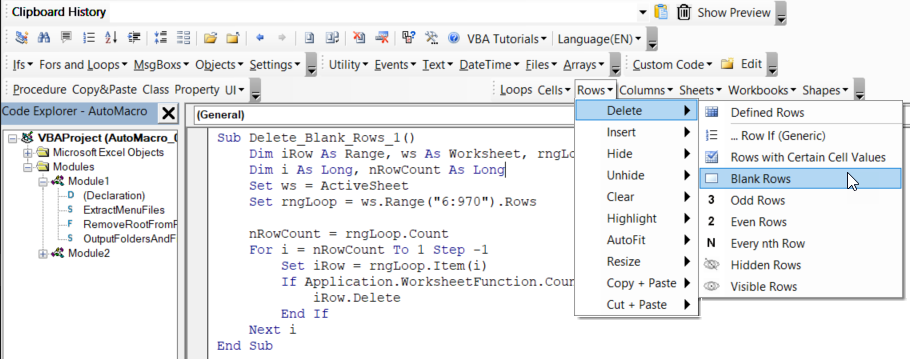VBA Open Text File with OpenTextFile
Written by
Reviewed by
This tutorial will demonstrate how to use the OpenTextFile method of the FileSystemObject.
Open a Text File
This lesson uses the FileSystemObject. In order to use it, you will need to set a reference to the VB script run-time library. See here for more information.
You can open an existing text file for reading:
Set FileToRead = FSO.OpenTextFile("C:\Test\TestFile.txt", ForReading)and then paste its content to the current worksheet’s first cell, e.g.:
Sub FSOReadFromTextFile()
Dim FSO As New FileSystemObject
Set FSO = CreateObject("Scripting.FileSystemObject")
Set FileToRead = FSO.OpenTextFile("C:\Test\TestFile.txt", ForReading)
TextString = FileToRead.ReadAll
FileToRead.Close
ThisWorkbook.Sheets(1).Range("A1").Value = TextString
End Sub
In ForWriting mode you can replace an existing file’s content with new data but you can’t read from the file.
Sub FSOWriteToTextFile()
Dim FSO As New FileSystemObject
Set FSO = CreateObject("Scripting.FileSystemObject")
Set FileToWrite = FSO.OpenTextFile("C:\Test\TestFile.txt", ForWriting)
FileToWrite.Write "test line”
FileToWrite.Close
End Sub
For more options with ForWriting mode see here.
In ForAppending mode you can write to the end of the file. You can’t read from this file.
Sub FSOAppendToTextFile()
Dim FSO As New FileSystemObject
Set FSO = CreateObject("Scripting.FileSystemObject")
Set FileToAppend = FSO.OpenTextFile("C:\Test\TestFile.txt", ForAppending)
FileToAppend.Write "appended content"
FileToAppend.Close
End Sub
VBA Coding Made Easy
Stop searching for VBA code online. Learn more about AutoMacro - A VBA Code Builder that allows beginners to code procedures from scratch with minimal coding knowledge and with many time-saving features for all users!
Learn More!



